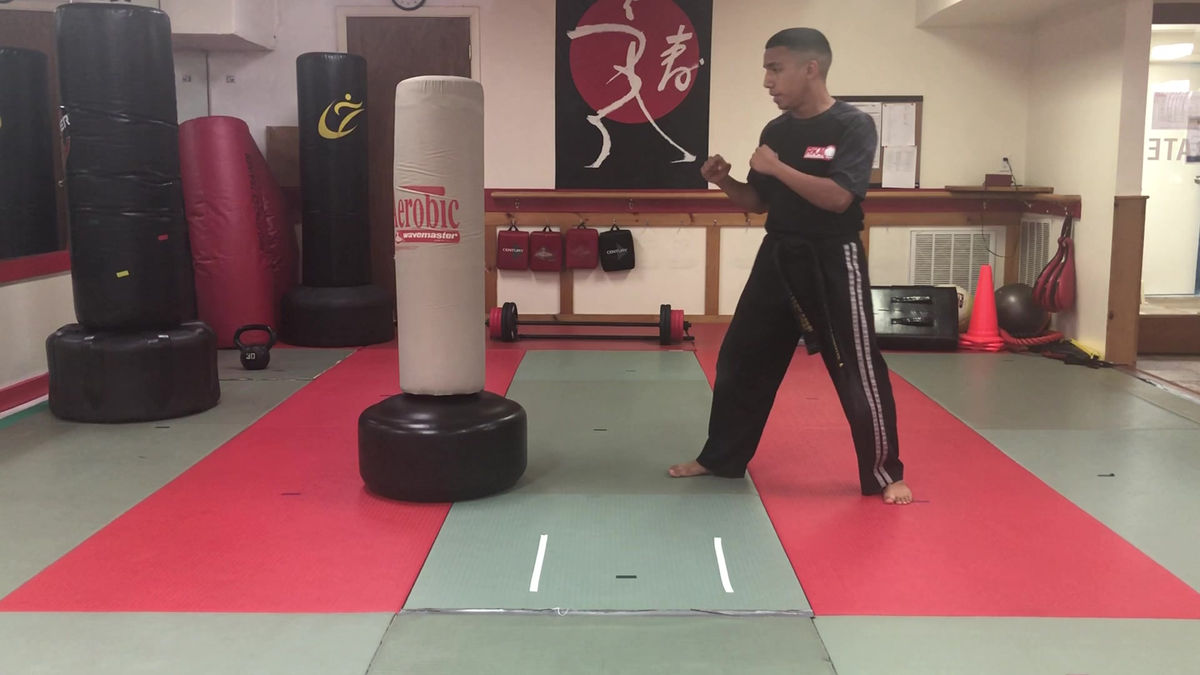Karate Gear Bags: A Martial Artist's Essential Companion
- Joseph Fanning
- Sep 15
- 3 min read
Karate Bags: A Martial Artist's Essential Companion
Karate bags are specially designed to meet the needs of martial artists, providing a convenient and organized way to transport training gear. Whether you’re a beginner or an experienced black belt, having a dedicated bag for your karate equipment is essential for both convenience and protection of your gear.
Types of Karate Gear Bags
Duffle Bags
These are the most common type of karate bags. Their large, spacious design allows for the easy storage of various pieces of gear such as gis (karate uniforms), belts, gloves, and even protective padding.
Advantages: Large compartments, easy to carry with adjustable shoulder straps, and roomy enough to fit a variety of items.
Best for: Those who need to carry multiple pieces of gear.
Karate Gear Bags
These are specifically made for storing and organizing karate gear. Many come with several pockets to separate items like mouthguards, knee pads, and other accessories.
Advantages: Excellent organization options with specific compartments for different gear.
Best for: Martial artists who like everything in its place and need quick access to certain items.
Backpacks
Smaller in size but still functional for carrying essential karate items. They are usually designed with durable materials and multiple compartments for easy organization.
Advantages: Comfortable to wear, hands-free option, and good for light gear.
Best for: Daily training when you're only carrying a gi, belt, and a few smaller items like gloves or wraps.
Tote Bags
Similar to duffle bags but generally more compact and less structured. They are perfect for individuals who don’t need to carry bulky items but still want a bag for their essentials.
Advantages: Simple, lightweight, and easy to carry.
Best for: Casual training or smaller amounts of equipment.
Features of a Good Karate Gear Bags
Durability
Martial arts training can be demanding on your gear, so a quality karate bag should be made from tough materials like polyester, nylon, or canvas that can withstand the wear and tear of daily use.
Multiple Compartments
Having several pockets or sections in your karate bag is essential for organization. You may want a separate space for your shoes, a compartment for your gi, and a place for your belts or sparring gear.
Ventilation
Karate gear can get sweaty, especially after an intense session. Many bags come with ventilation holes to allow air circulation, helping to prevent odors from building up.
Comfort
Look for bags with adjustable padded straps if you plan on carrying a heavy load. A padded shoulder strap or handles can also make it more comfortable to transport your gear over long distances.
Size and Capacity
The size of the bag will depend on your personal needs. If you only need to carry a gi and a belt, a smaller bag may be fine. But for those who need to carry a lot of protective gear or extra uniforms, a larger duffle or gear bag may be necessary.
Water Resistance
Many martial artists train in all kinds of weather, so having a water-resistant bag can protect your gear from getting soaked in the rain.
What to Pack in a Karate Bag
Karate Gi (Uniform)
This is the most important item in your bag. Make sure it is neatly folded or packed in a way that doesn’t cause wrinkles.
Karate Belt
Whether it’s a colored belt or a black belt, having it with your gi is essential for each class.
Hand and Foot Protection
If you're training in sparring, you’ll need your gloves, shin guards, and foot protection.
Mouth Guard
Protecting your teeth during sparring or intense drills is crucial, so a mouth guard should always be part of your gear.
Water Bottle
Staying hydrated is important during training, and a water bottle ensures you can drink throughout the class.
Towel
A small towel to wipe off sweat and stay dry during your workout.
Karate Shoes (Optional)
If you're training in a dojo that requires shoes or you prefer them, make sure to pack them separately.
Personal Care Items
Items like band-aids, muscle balm, or extra socks could also come in handy.
Choosing the Right Karate Bag for You
When choosing a karate bag, consider your training habits and needs:
Frequent Sparring: Opt for a bag with separate compartments for pads, gloves, and other sparring gear.
Light Training: A simple backpack or tote might be enough if you don’t carry much equipment.
Competition Preparation: If you're preparing for a tournament, a larger duffle bag with extra compartments will allow you to pack uniforms, shoes, and personal items efficiently.
Conclusion |Karate Gear Bags
A good karate bag not only helps you organize your gear but also ensures that it stays protected and easily accessible. By investing in a well-designed bag, you can focus more on your practice and less on how to manage your equipment.
Joe is an orange belt in karate










Comments